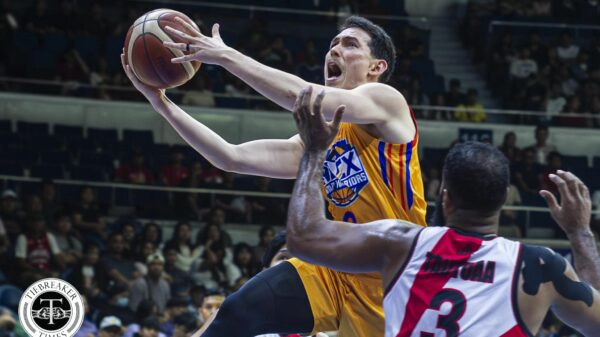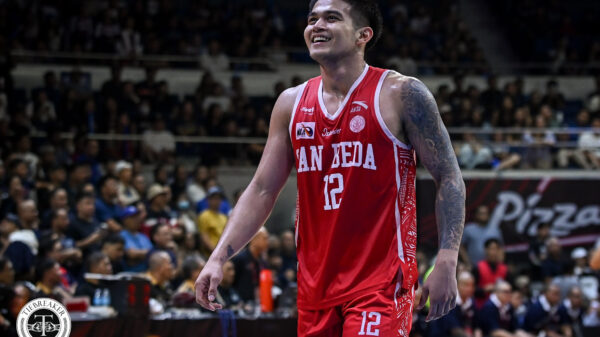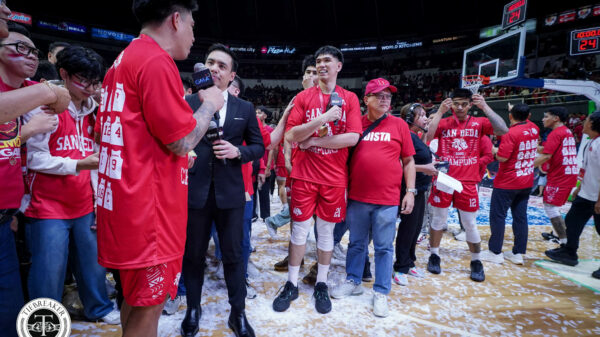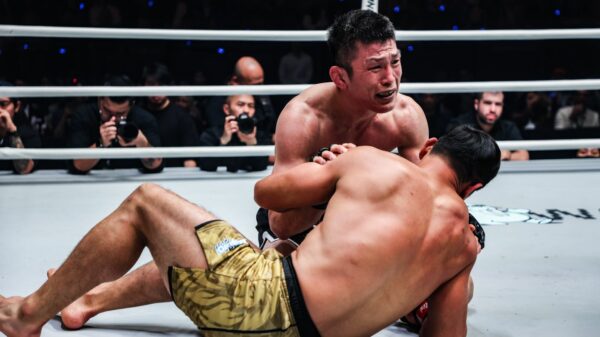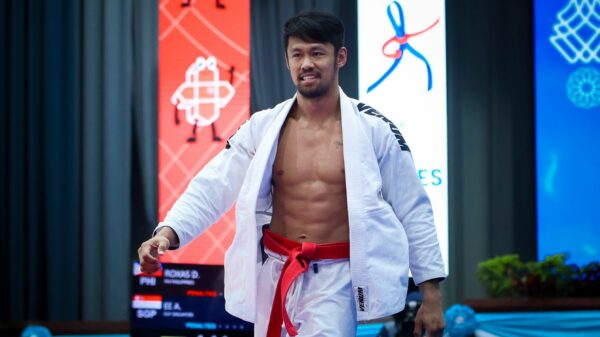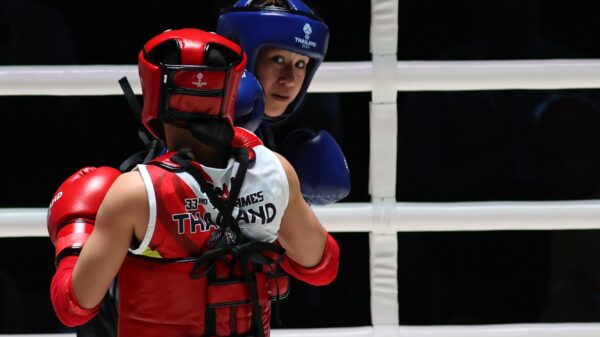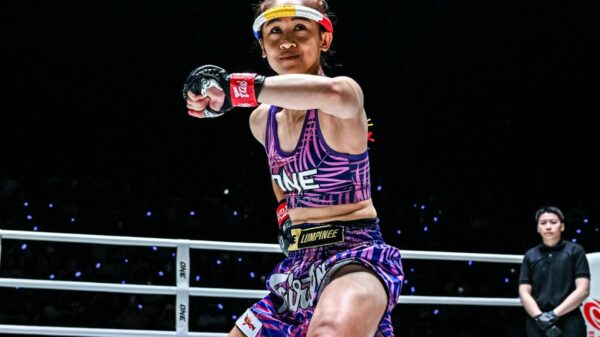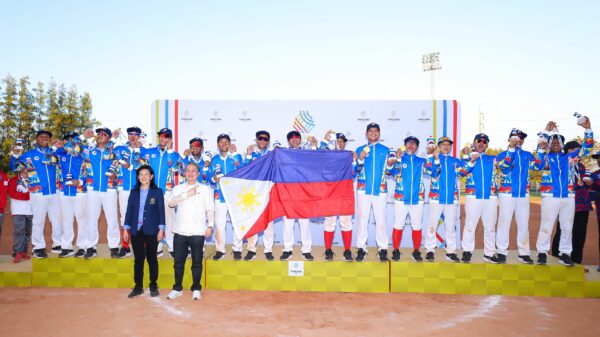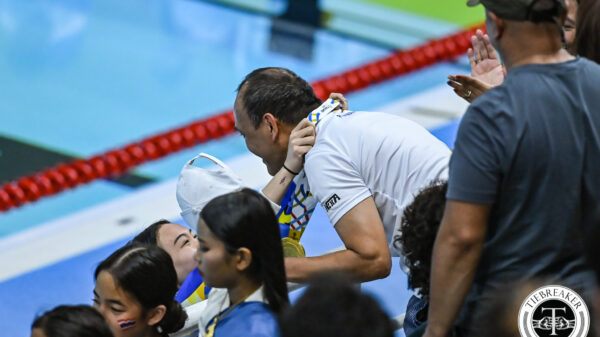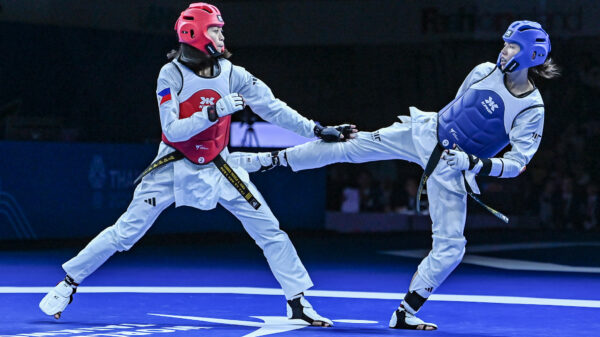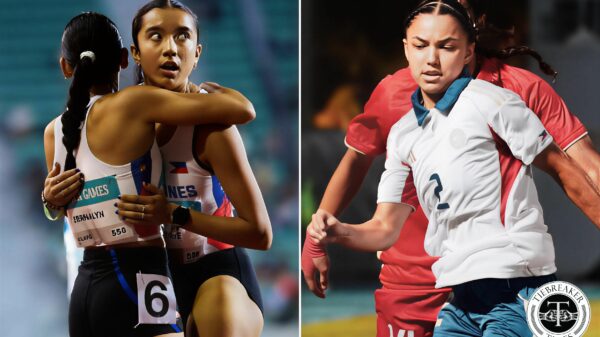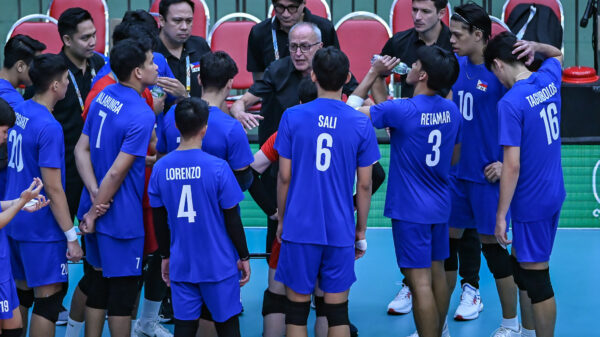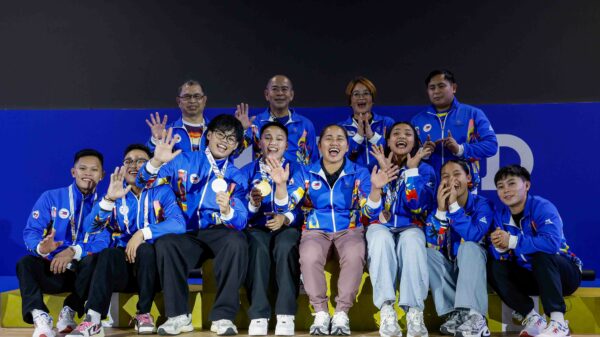Coach E said it best – “we had to rely on what got us here. And that’s defense”.
We’ve all heard the old basketball adage – Defense wins championships – and as cliché as it is, this was certainly the case in the Finals.
In their wins in games 2 and 3, National University held their counterparts from Morayta to just 47 and 59 points, with the former setting a new Finals record during the Final Four era. Furthermore, this also marked FEU’s two lowest scoring outputs the entire season.
What made this even more impressive was that FEU had ranked at the top of several offensive categories throughout the season. After the elimination round, FEU was in the top 3 in PPG, offensive rating (points per possession), and FG% (and effective FG%). With pro prospects Mike Tolomia and Mac Belo at the forefront of their dribble drive attack and capable role players like Atchi Inigo, Carl Cruz and Roger Pogoy supplementing them, watching FEU was, as they say, poetry in motion.
So what the heck happened during the Finals? Here are some observations from the Finals that showcase how stingy NU’s defense was.
Discipline

Throughout the season, the Bulldogs were praised as being the most disciplined team in the league. Credit this to Coach Eric Altamirano, who is known to be a strict and meticulous teacher. Rarely did the Bulldogs gamble on defense and almost always made the correct rotation.
The reason for this is a strong belief that teams will struggle against their halfcourt defense. The Bulldogs recorded the slowest pace in the league at just under 73 possessions per game, believing that a slower, more deliberate pace enhanced their defensive strategy. In half court situations (not including putbacks and secondary break opportunities), teams shot just 30.28%. To put this in perspective, the next closest team was De La Salle University at 33.55%, a full 300 percentage points behind.
After getting blitzed by the Tamaraws in game 1, the Bulldogs slowed the game down in games 2 and 3. As a result, while FEU was able to escape with some secondary break baskets, pure fast break layups were far and few between. This pace favored the Bulldogs and prevented the Tamaraws from establishing any sort of rhythm.
Shutting down role players & containing the stars
Similar to what they did against Ateneo and their Ravena + Newsome combo, National U did a great job locking on the “non-stars” while making guys like Tolomia and Belo work for theirs in games 2 and 3.
Check out the stats during for the duo below:
| PPG | RPG | APG | FGM | FGA | FG% | TO | |
| Belo | 17.0 | 8.5 | 0.5 | 11 | 33 | 33.3% | 3.5 |
| Tolomia | 19.0 | 4.0 | 0.5 | 16 | 46 | 34.8% | 3.0 |
| Total | 36.0 | 12.5 | 1.0 | 27 | 79 | 34.2% | 6.5 |
Mac Belo shot chart:
 Mike Tolomia shot chart:
Mike Tolomia shot chart:

A look at counting numbers would suggest that the duo did their part, scoring a combined 36 points per game. Going through the game tape and the stats, the dynamic duo had a rough outing against the likes of Paolo Javelona, Rev Diputado, Gelo Alolino, and Glenn Khobuntin.
For one, the two combined for just 2 assists in those two games, as their teammates had a tough time converting their field goal attempts. Forced to create for themselves, there were more than a few times where they were forced to chuck up contested jumpers, floaters and runners near the end of the shot clock.
Mike was actually very effective in his drives to the basket, going 10/14 on drives to the basket while earning three trips to the free throw line during the series. However, it appears that NU was content with baiting him into going 1v1 or taking contested jumpers coming pick & roll sets. At the end of the 3-game series, Tolomia finished 5/18 (27.8%) on isolation plays and just 2/17 when shooting coming off a ball screen.
Still, one of the biggest factors in the Finals was how NU made sure that other players like Carl Cruz, Pogoy, and Inigo didn’t get going. After combining for 26 points, 11 rebounds and 5 assists in game 1, Pogoy and Inigo 14 for the rest of the series, lowlighted by the former’s zero point output in game 3.
Meanwhile, after exploding for 4 three pointers in their round 1 encounter, Carl Cruz was a total non-factor the rest of the way, hitting 4 three pointers in the 3 games after. Getting little production from him hurt because he could have helped spread the floor to open driving lanes for Pogoy and Inigo. Without him connecting from outside, defenders could sag a little bit more in the paint and help their teammates out.
Containing the dribble drive

As I mentioned earlier, National U was able to establish the pace it wanted in games 2 and 3, and this prevented FEU from establishing it’s vaunted dribble drive offense.
In game 1, FEU had 37 finished drive plays (includes drive and kicks / drops). They finished 12/25 (44.0%), including drawing 3 fouls, including 8/17 (47.1%) on direct drives to the basket. In the subsequent games, FEU only had 54 finished drive plays, including just 9/33 39.1%) on direct drives to the basket.
Furthermore, when using ball screens – another initiator of the dribble drive – the Tamaraws were a paltry 5/34 (8/19) on pick & roll plays, including 0/10 on pick & pops.
The drop in both activity and production from drive plays was a function of pace, adjustments on NU’s part (bigs dropping down to contest shots), containment and poor outside shooting. Because of their discipline, straight drives were harder to come by and with FEU’s outside shooters not finding their marks, there was an opportunity for guys like Troy Rosario, Alfred Aroga, and Henri Betayene to help out more than usual.
Teamwork

Throughout this season, National University’s defense stood out. From holding Adamson to just 25 points in their first round encounter, to Alfred Aroga’s eight blocks against Ateneo in Round 2, to getting the necessary stops to beat the Blue Eagles in the Final Four, it was always all about defense for the underdogs from Sampaloc, Manila.
That’s the beauty of defense. It’s an unglamorous job and many of the nitty, gritty details often get overlooked. There’s so much that goes into having proper technique, advanced scouting and analytics, and TRUSTING your teammates that casual fans don’t recognize. The Bulldogs embraced this mentality and were rewarded with a title.

